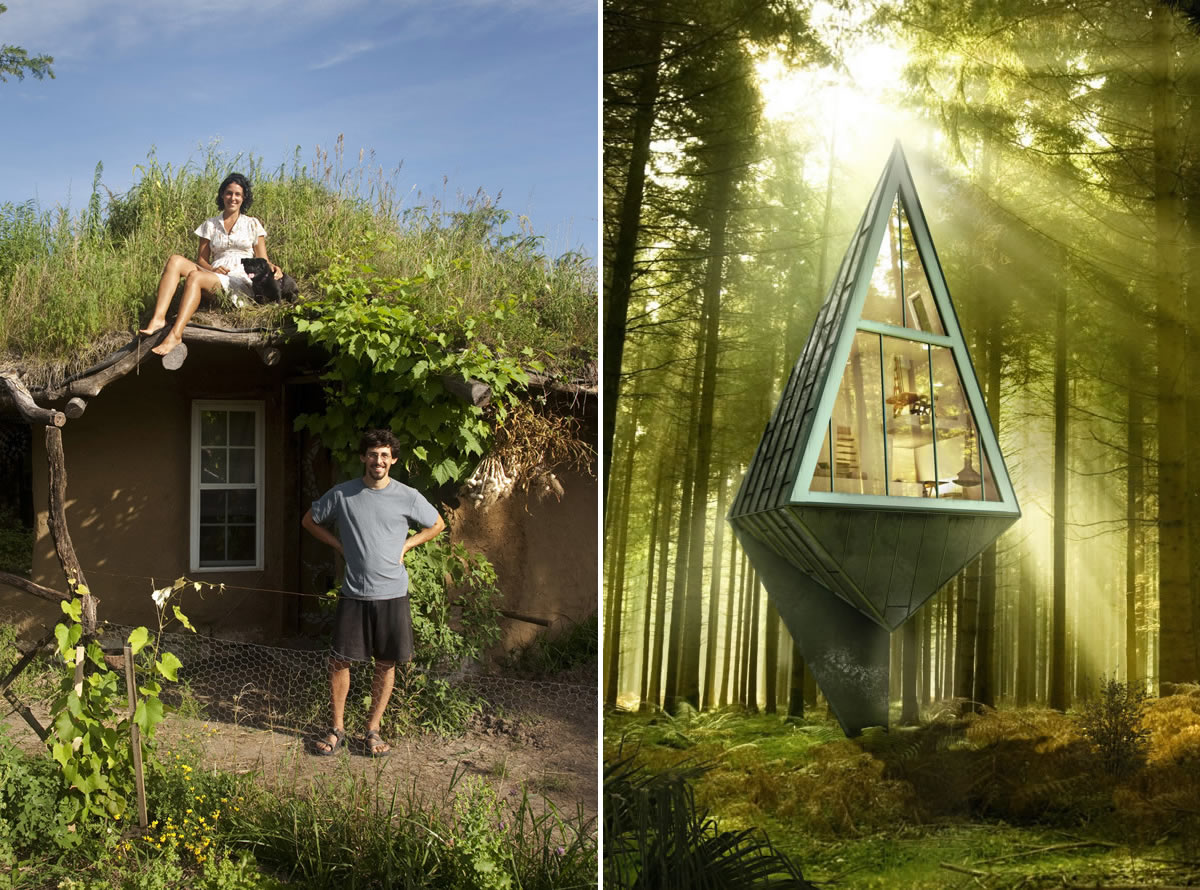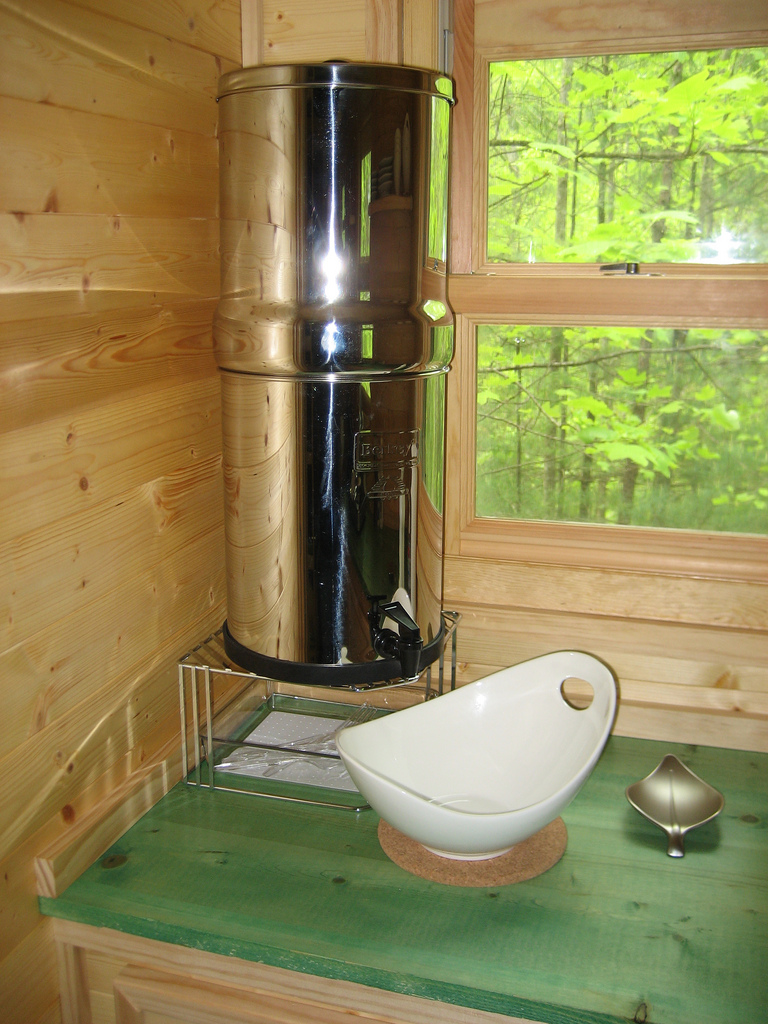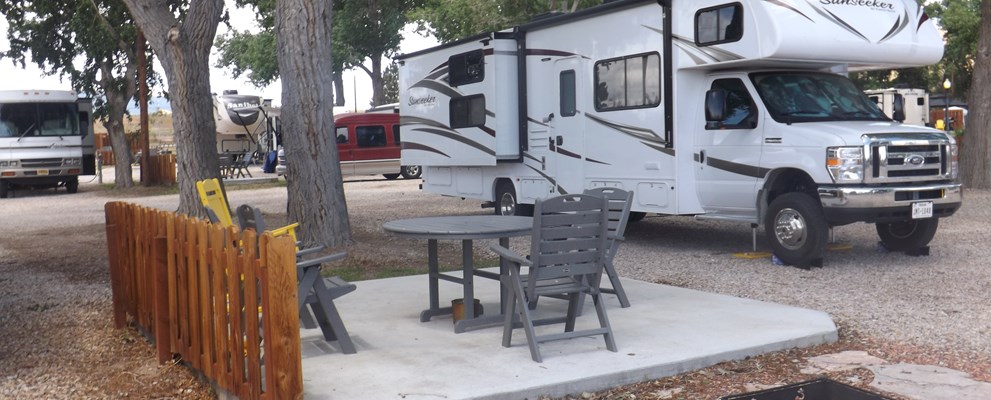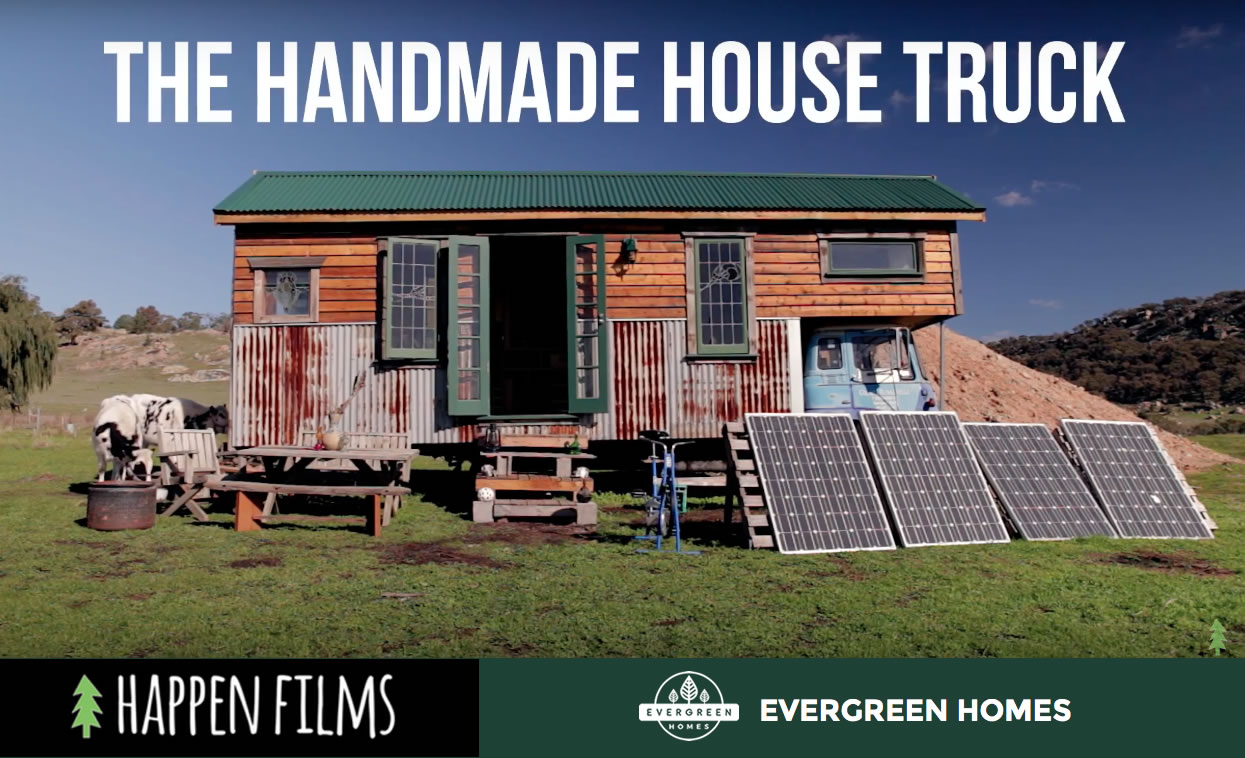Low-Tech vs. High-Tech Tiny Homes

In a recent news interview I shared my opinion about the unsustainability of high-tech housing. Here’s a quick quote from the article:
“Wojcik’s tree house is a good example of architecture students who have cast off the rule book,” countered Michael Janzen, 46, a corporate Web designer in Fair Oaks, Calif., and the founder of tinyhousedesign.com. “It’s extremely expensive to put in photovoltaics and all those high-demand appliances. I don’t think going the high-tech route is sustainable. Sure, people like to share these ideas—I like to share them on the blog—but when the rubber hits the road, can you really make a glossy house like that happen?”
I love to see high-tech ideas like this wild tree house; I just don’t think they are practical. Most folks can’t afford or need fully self-contained high-tech marvels – they need practical, affordable, truly sustainable & attainable homes. We can all learn from designers exploring extreme high-tech ideas, but at the end of the day downsizing and simplifying gets us closer to what’s truly sustainable and attainable.
Spending a fortune on high-tech solutions like covering the sun facing side of a house in photovoltaic solar panels looks cool, but instead we should consider first designing homes around lower energy needs and build them from locally sourced natural materials. This is not only cheaper but often results in a healthier place to live.
For example, a passive solar earthen home, like an Earthship, naturally maintains a comfortable interior by design. It doesn’t need an air conditioner or much fuel to heat. If low-consumption appliances and lights are used the overall energy demand also drops which directly drops the cost.
I’m not saying everyone should live in an Earthship or a cob house (pictured above). I’m just saying that we might want to consider embracing low-tech solutions before getting consumed by the newest high-tech solution. I suspect you’ll find what you need can be accomplished very simply, and built-on to add comforts.
When we avoid succumbing to our culture’s normalcy bias toward high-tech, we often discover that there are much simpler and more cost-effective ways of living comfortably – like tiny houses.
Pictured above is a Ziggy’s Cob House in Missouri and Wojcik’s tree house design concept.





Your point is well taken, but the distinction you’ve made has less to do with “low tech” vs. “high tech” than with the idea of simply using appropriate technologies. “High tech” does not necessarily equate good design – a point I think that treehouse makes pretty clearly. On the other hand, I could design a thoroughly “high tech” house that requires no energy source whatsoever for space heating or cooling, a claim that cob house could never make.
Good point, but that ‘efficiency’ does come at a financial cost. I think we loose sight of that sometimes.
If the financial cost for a technology is too high, then it’s not an appropriate technology for that use — whether that technology happens to be “low” or “high” isn’t really the issue.
The more complex something is the more likely it is to fail. I looked at the Wild Tree House when it was first posted and liked the design idea over all. But it is also a very complex home to build say nothing of outfitting it with all the wiz bangs it take to make it work. It does give you some ideas to toss around… What if you made it with six or eight sides and curved the sides so they were more like a Gothic arch?
Myself having built boats making up your corner beams out of wood wouldn’t be all that hard. No worse than laminating long deck beams for a boat or an aircraft’s wing spars. Yeah you have to make a jig to hold the wood to a given shape till the glue sets. The up side of making your beams that way is you can use short lumber.
This same idea of making arched beams would work for an A frame to get more floor area in the loft and more room volume on the main floor because the side walls would stand at a steeper slope.
Anyway just ideas to play with
Kristine
Straw bale energy efficient houses have not been discussed. This additional alternative to tiny living has proven to stand on its own for off the grid living. If we are honest about alternatives, looking at natural fibers and proven build techniques must be included. Low fuel requirements on straw bale make them a great candidate for off grid living. I would hope that the high tech would include wind and solar as well as macro electronics.
What a lot BS. If a high tech home is affordable it is still good.
Around here regular houses go for $300K+ with even small home selling for as much as $750K.
I am planning on a high tech tiny house with lots of solar panels, a Tesla Powerwall, air conditioning, heating, stove and fridge and an on-demand water heater for the water and I still expect to spend less than $80K.
I will have no mortgage, I will own the land I build on – so no rent, and I will have no utility bills.
High tech does not mean you have to burn money to get a good home.